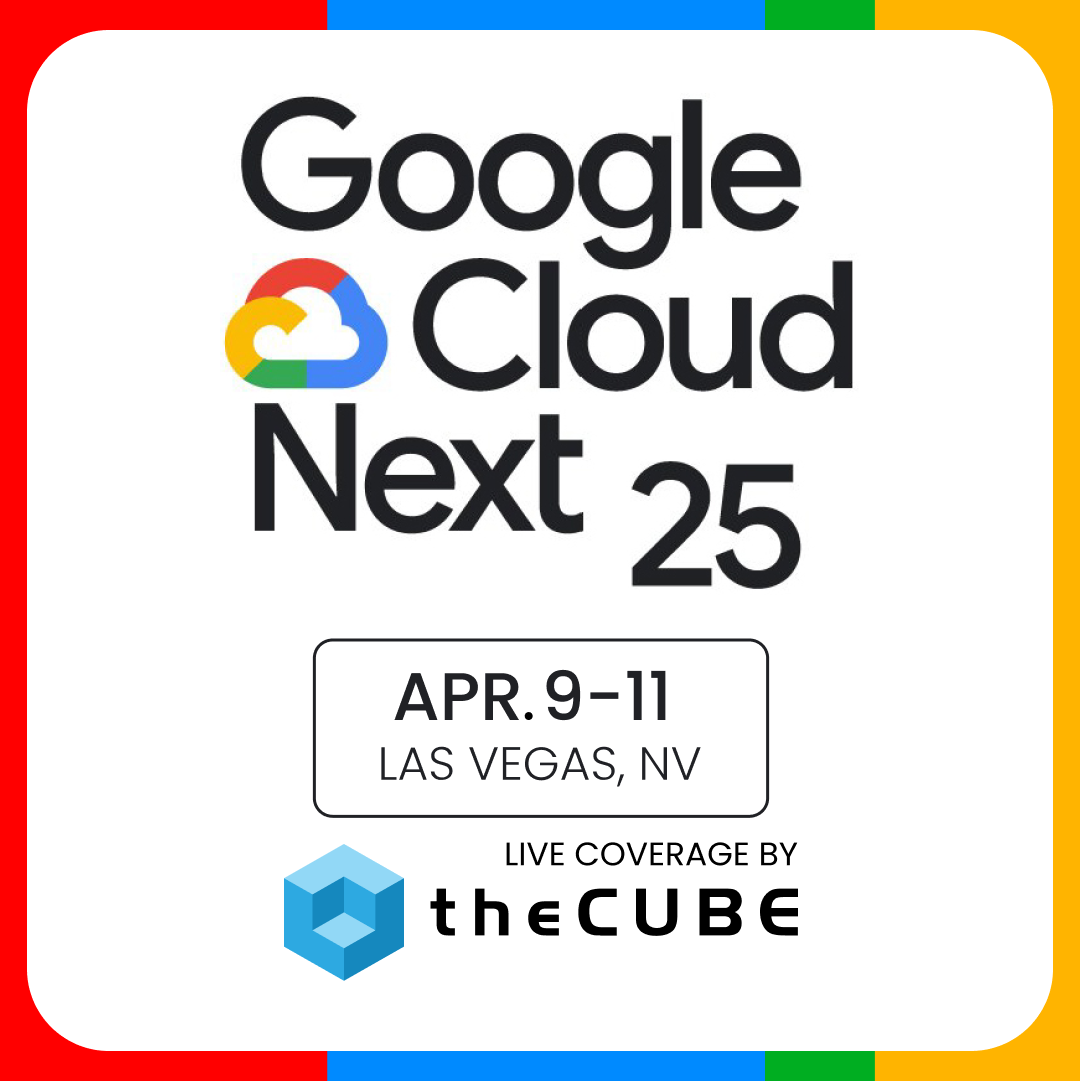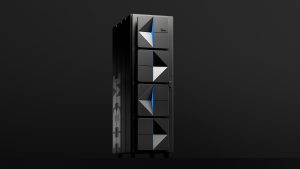Apple HomeKit vs. Samsung, Google + Comcast
On Monday, Apple finally revealed its rumored home automation platform at this year’s Worldwide Developers Conference. Were the details of the rumors true, and does Apple’s latest foray meet fanboys’ expectations? Most importantly, how does HomeKit stack up to rival offerings in the smart home space?
![]()
Apple HomeKit
HomeKit is a platform that connects home accessories to manage the home via the iPhone or iPad. The new service from Apple offers a common protocol, secure pairing, and the ability to control individual or group of devices throughout the house. Not surprisingly, HomeKit is integrated with Siri for voice commands, triggering actions such as dimming or turning off the lights, locking doors, adjusting the thermostat or turning off the TV when a user says “Hey Siri, I’m going to bed.”
Though many home automation solutions already provide apps that transform iPhones and iPads into controllers, Apple’s new solution centralizes home management tools to keep users from opening multiple apps to control different appliances.
Apple has no home automation products of its own, but has partnered with familiar brands such as Philips, the company behind the smart, color-changing light bulb, and smart lock maker Kwikset. Offering itself as a central distribution platform, leveraging the smart devices many already use for home automation, Apple’s HomeKit could ultimately reduce the need for other brands to sell full home automation packages.
So how does Apple’s offering compare to Samsung, Microsoft, Google and Comcast’s home automation solutions?
Samsung Smart Home Service
Unlike Apple, Samsung offers its own home automation hardware such as smart door locks, smart audio/video intercom, and even its own home automation service that will enable smart TVs, home appliances, and smartphones to be connected and controlled via a single integrated platform.
![]() The platform, Samsung Smart Home Service, was introduced at this year’s CES. In April, Samsung launched the Smart Home app which makes its easier for people to control their connected home with the use of their smartphone or tablet, something quite similar to Apple’s HomeKit. The South Korean company is also working on integrating gesture control technology to its smart TVs to put them at the heart of home automation, allowing consumers to control their home by interacting with their TV.
The platform, Samsung Smart Home Service, was introduced at this year’s CES. In April, Samsung launched the Smart Home app which makes its easier for people to control their connected home with the use of their smartphone or tablet, something quite similar to Apple’s HomeKit. The South Korean company is also working on integrating gesture control technology to its smart TVs to put them at the heart of home automation, allowing consumers to control their home by interacting with their TV.
Like Apple, however, Samsung’s strategy misses the third component of home automation – infrastructure. Cable and satellite providers have already entered the smart home market, adding software services to their core product line, while Google has started building its own broadband offering, literally laying the foundation for networking homes.
Google acquired Nest, the makers of the smart learning thermostat, for $3.2 billion. The high price tag and Google’s newcomer status to the smart home market caused a bit of a stir, demonstrating the search giant’s interest in this emerging sector.
Google’s acquisition of Nest may just be the beginning of more acquisitions related to the home automation market. Instead of creating a smart home automation solution from the ground up, Google could buy its way into the market. According to reports, Nest will be acquiring Dropcam, a connected camera that streams real-time video to a user’s computer or mobile device. It’s not clear as to how much Nest is offering for Dropcam, as the parties have yet to comment on the rumored buy. But it seems like Nest is the foundation of Google’s home automation division, leading the the search giant’s connected home efforts.
We can expect Android to be the chosen platform for Google’s home automation offering, but it may also support iOS devices if it chooses to acquire home automation startups that already support Apple’s operating system. This multi-OS tactic is one targeting consumer appeal, and could be very different from Apple’s typical approach of siloed software and exclusive partnerships for HomeKit.
As far as centralizing smart home app management, Google Android has yet to offer a direct alternative to Apple’s new HomeKit platform, which could give Apple the lead in driving home automation trends into the mainstream. But Google has all the ingredients, including a mobile operating system, relationships with top manufacturers and app makers, as well as something Apple doesn’t have — a broadband service for networking the home, Google Fiber.
Comcast Xfinity Home
It seems as if the cable operator is taking notes from these tech giants to enhance its existing home automation and security offering. Dennis Mathew, Comcast’s vice president of Xfinity Home, has hinted that the company will be launching new products, services and features later this year.
Mathew mentioned connected door locks for every door in your home that can be easily controlled using your mobile device or computer; an app for set-top boxes to turn them into a home automation hub; new HD security cameras will be added to its product line; and will include the ability for consumers to see how much energy they are consuming when using specific appliances or electric devices. At the heart of it all is a platform that is easy to use and would allow for communication between other connected devices.
Comcast recognizes the smart home’s reliance on network infrastructure (broadband Internet), priming its cable service for this emerging market. Layering software services atop its existing infrastructure, Comcast has already found its way into the smart home space.
Yet Comcast lacks the hardware and the software in-house to offer complete smart home solutions, teaming with manufacturers for connected devices and appliances, and investing directly in software platforms like iControl to power its home automation interface. Nevertheless, Comcast’s goal is the same as every company mentioned here – to centralize and simplify home management and provide the platform to enable connected devices to work together.
photo credit: Drnantu via photopin cc
photo credit: samsungtomorrow via photopin cc
A message from John Furrier, co-founder of SiliconANGLE:
Your vote of support is important to us and it helps us keep the content FREE.
One click below supports our mission to provide free, deep, and relevant content.
Join our community on YouTube
Join the community that includes more than 15,000 #CubeAlumni experts, including Amazon.com CEO Andy Jassy, Dell Technologies founder and CEO Michael Dell, Intel CEO Pat Gelsinger, and many more luminaries and experts.
THANK YOU













